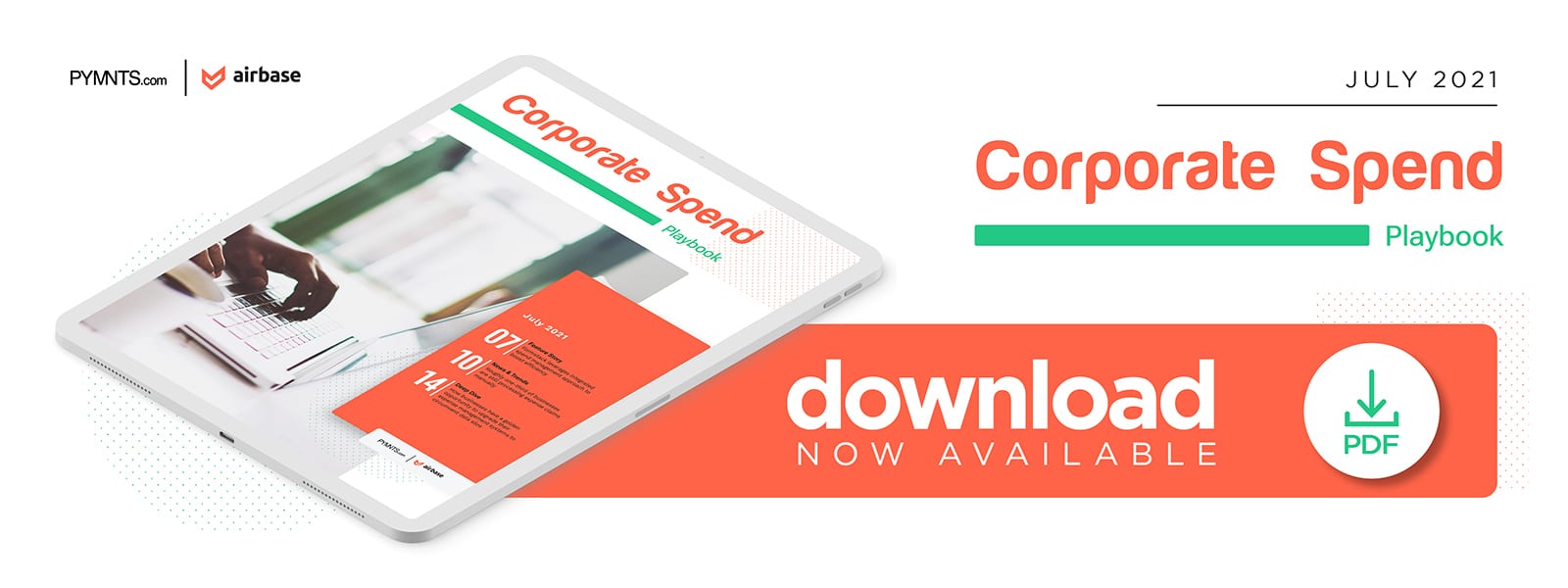Deep Dive: Why Now Is The Time For SMBs To Overcome Outdated Spend Management Practices

Tracking the inflow and outflow of cash may be a business fundamental, but the process has nevertheless frustrated financial professionals for years.
Companies have historically used several systems to submit, approve, track and pay for their expenses. The lack of overarching systems for compiling and communicating this information has resulted in a sea of spend management silos that have made it almost impossible for businesses to figure out how much money they owe in any given moment.
This may finally be about to change, however. Organizations of all sectors and sizes are determining which digital innovations they need to future-proof their businesses as the pandemic abates. This is presenting an unprecedented chance for them to refurbish their legacy operations, and modernizing their spend management practices is often one of their top priorities.
This month’s Deep Dive examines the shortcomings of spend management silos and details how the pandemic has created a new, market-wide initiative to adopt digital tools that can help companies overcome them.
The Longstanding Silo Problem
Manual processes have long been the standard in B2B payments and corporate spend management. Many companies have typically required employees to fill out and submit paper forms and checks so that they could retroactively approve business-related expenses. Transactions with business partners have likewise been loaded with manual workflows involving paper invoices and checks. Keeping tabs on the multitude of forms and files is difficult as it is, but the fact that they are easily lost, misfiled or filled out incorrectly can make manual workflows even more challenging and costly.
One-third of businesses still manage their expenses in this manner, so it stands to reason that roughly the same portion of financial decision-makers say they cannot quantify the real cost of processing a single expense claim.
Digitizing these paper-based processes can help rein in these methods’ inefficiencies. Using computers and algorithms to track these types of claims, invoices and other forms can reduce the risk of human error, address the cumbersome nature of filing manually and provide real-time insight into cash flow status. Many businesses understand these benefits and are planning to invest in digital accounts payable (AP) innovation. Thirty-nine percent of firms are expected to adopt virtual cards in the next year, and 48 percent are currently in the process of automating their AP operations.
Even digitization may not be enough to solve the silo issue, however. Many businesses have already begun using digital solutions to manage their expenses to some extent. The more fundamental issue is that supplier payments, employee expenditures, payroll and other routine operating costs are often handled by different financial professionals in entirely separate departments. Each department may have its own internal operating standards for handling paper forms and checks as well as its own tools for managing payments digitally. This leaves them without access to an overarching system that can aggregate this data and present it in an easy-to-understand, actionable way.
Pre-Pandemic Challenge, Post-Pandemic Opportunity
The pandemic heaped additional financial challenges upon an already inefficient and fragmented spend management ecosystem. It triggered a wave of closures and capacity restrictions that sent businesses’ revenues plummeting, and legacy spend management processes only exacerbated the cash flow shortages that followed. Even more difficult for many businesses to overcome was the transition to a hybrid or entirely remote workforce, rendering the expense systems they had in place unusable. There are few opportunities to hand physical forms to employees who are working from their homes.
An opportunity nevertheless emerged amid this chaos that persists even as the economy reopens: the chance to implement comprehensive, companywide integrated solutions that eliminate spend management silos. Two of the most common inhibitors to AP innovation prior to March 2020 were that AP professionals had other priorities and that they considered their systems manageable, for all their flaws. Others included the beliefs that innovations were too expensive or that they often required additional changes. These excuses have been thrown out the window now that innovation is a necessity.
This new sink-or-swim attitude toward AP innovation is fueling a surge of interest in a wide range of AP and spend management tools. The global Software-as-a-Service (SaaS) spend management solution industry now totals $493 million and is on course to reach $1 billion by 2027. The only question on financial professionals’ minds is which solution would work best for their organizations.
The answer to this question may change depending on the professional or the company, but any solution chosen should be integrated, digital and usable across various departments and payment processes. Adopting such solutions could help organizations put an end to spend management silos once and for all.
